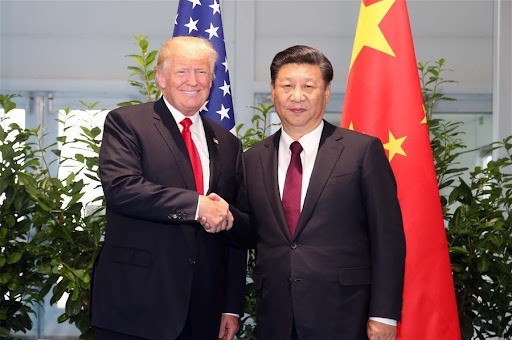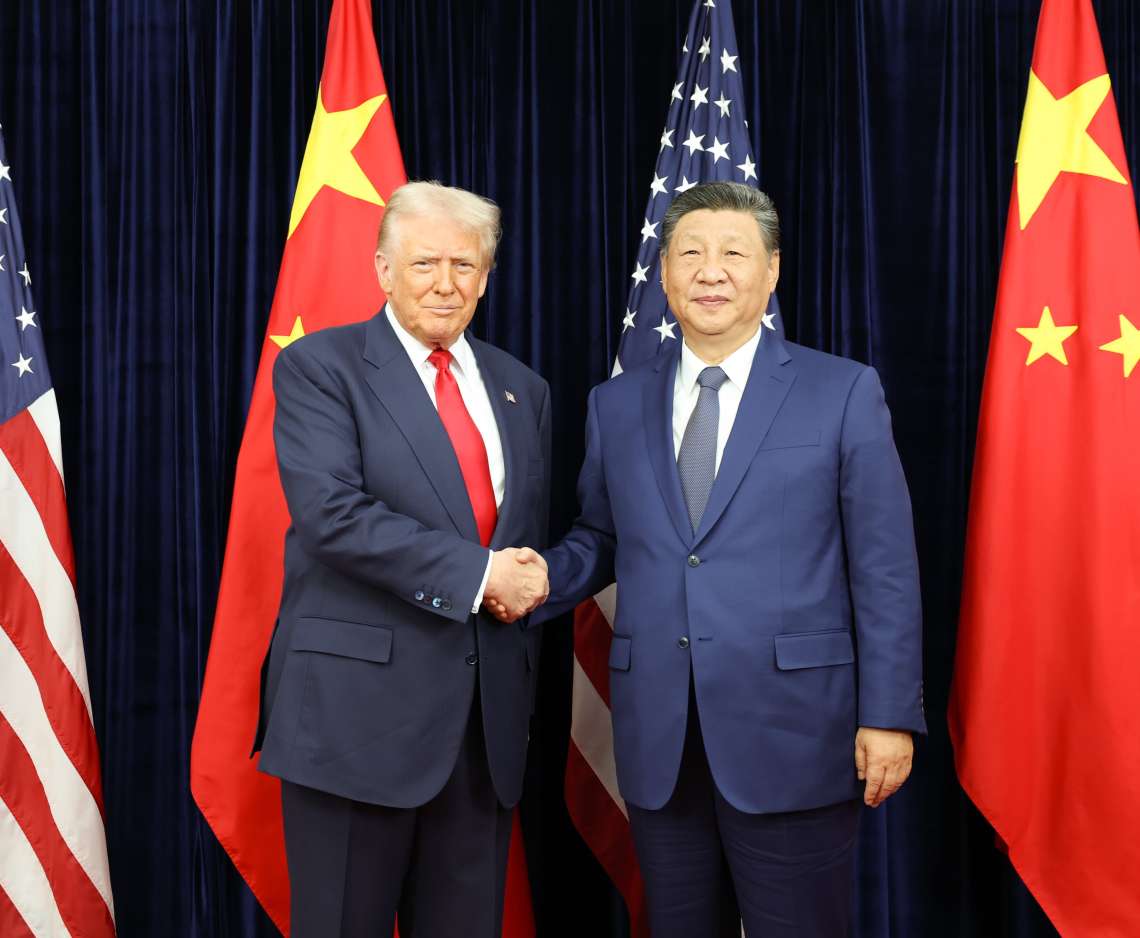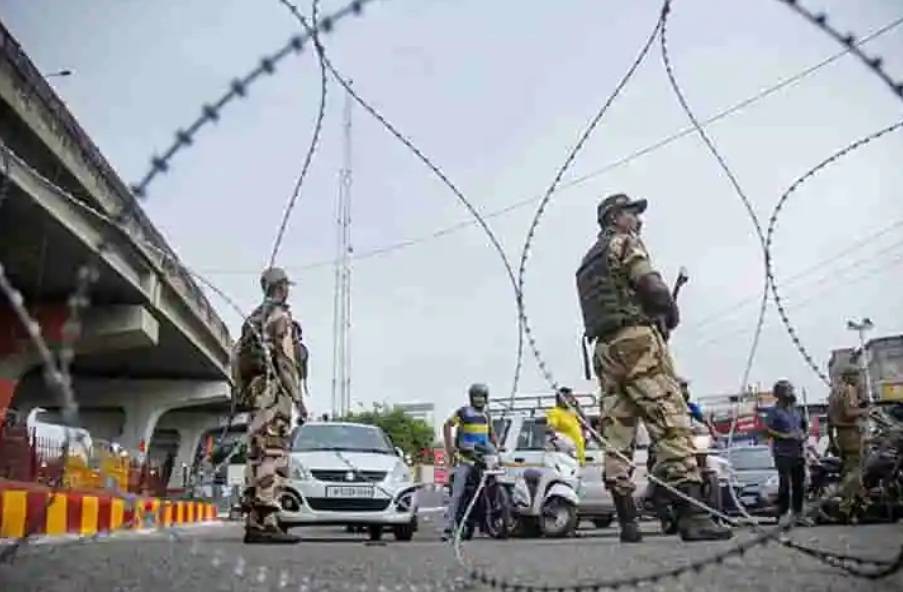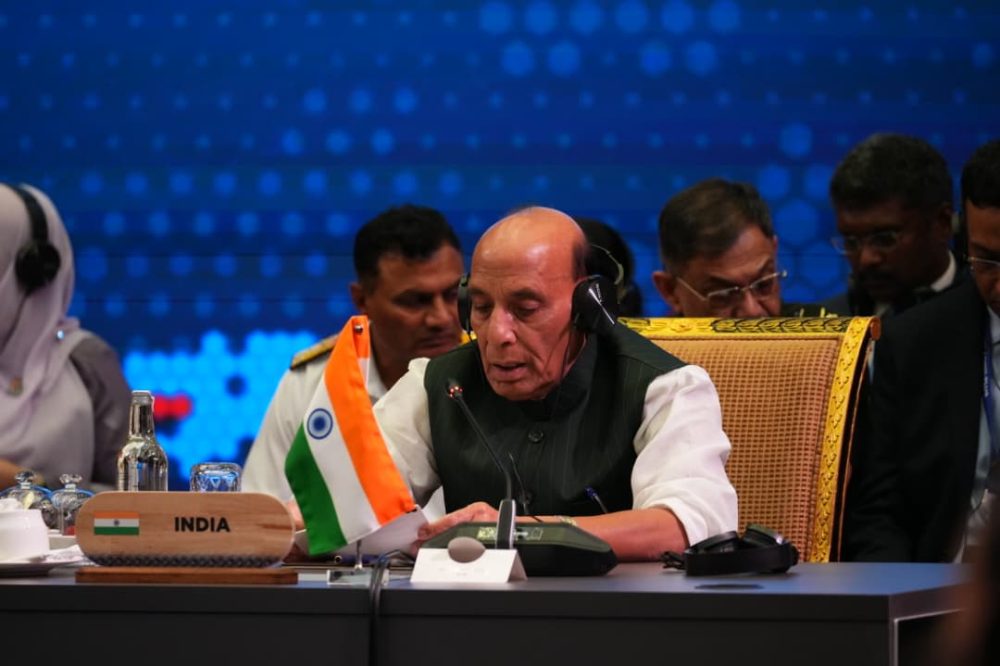It needs no intelligence to decipher that China’s new Border Law has been passed with the aim of targeting India. Additionally, by passing a new statute at this juncture, China seems to be hardening its position against India….reports Asian Lite News
India and China have been locked in a fierce hot and cold war on the Line of Actual Control (LAC) since the middle of last year. Despite military and diplomatic talks to resolve the stand-off, China continues to be intransigent on its stand on Eastern Ladakh. On October 23, China voted to adopt a new law on the protection and exploitation of its land border areas, which will take effect on January1, 2022. The law was approved at the closing meeting of the legislative session of the Standing Committee of the National People’s Congress.
According to Xinhua news agency, the law has the following broad principles. To begin with it stipulates that the sovereignty and territorial integrity of the People’s Republic of China are sacred and inviolable. The law also informs that China shall “take measures to safeguard territorial integrity and land boundaries and guard against and combat any act that undermines territorial sovereignty and land boundaries”. The new law also stipulates that the state shall take measures to strengthen border defense, support economic and social development as well as opening-up in border areas, improve public services and infrastructure in such areas, encourage and support people’s life and work there, and promote coordination between border defense and social, economic development in border areas.
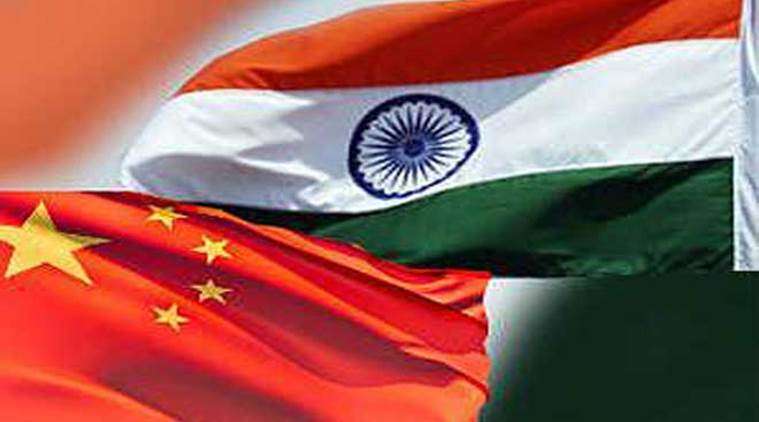
Notably, this provision seems to have been inserted to give finality to what China has already been doing in the last decade or so on its borders with India. The next provision in the new statute states that China following the principle of equality, mutual trust, and friendly consultation, handle land border related-affairs with neighbouring countries through negotiations to properly resolve disputes and longstanding border issues. It is ironical that China having violated and made null and void all the agreements signed in India since 1996, wants to handle border issue through negotiations.
ALSO READ: General Milley secretly called China over fears Trump could spark war
The passage of this new border is clearly aimed at India. It needs no intelligence to decipher that China’s new Border Law has been passed with the aim of targeting India. Additionally, by passing a new statute at this juncture, China seems to be hardening its position against India. Of interest is the fact that the law delineates the responsibilities of various state agencies, from the PLA to local authorities in guarding the borders. Calling on the military to “guard against and combat any act that undermines territorial sovereignty and land boundaries”, the law says the Chinese military “shall carry out border duties” to “resolutely prevent, stop and combat invasion, encroachment, provocation and other acts”.
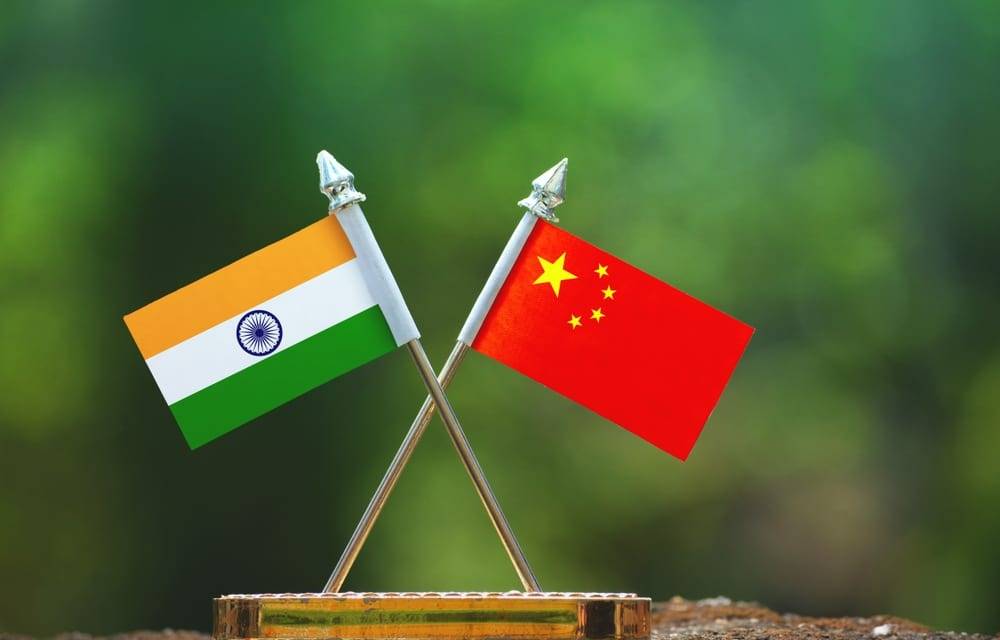
India’s response to China’s latest action relating to the LAC was immediate and firm and stated that China must not use legislation as a “pretext” to formalise the PLA’s actions initiated since last year to unilaterally alter the LAC. While the law says Beijing will negotiate with its neighbours to settle its borders, India aptly reminded China that the legislation had little bearing on the boundary issue as both sides are yet to resolve the issue. The Chinese Foreign Ministry, responding to India’s statement, claimed the law would not affect implementation of existing agreements. The only other country for which the new Chinese law has an implication is Bhutan. Recently, both China and Bhutan signed a three-step roadmap to resolve the boundary issue.
How should one read China’s actions in the past one year or so? China could easily argue that the new legislation is an internal matter, just as India did when it abrogated Article 370 and created a Union Territory of Ladakh. Recall that China had strongly opposed India’s move to change the status of Ladakh simply because the new official map printed by India showed the entire Aksai Chin area as being under India’s control. However, one must understand that there is a major difference between China’s domestic legislation and India’s legislation on J&K. In the former case, the new law first proposed in March 2020 was followed by the Chinese instigated crisis in Ladakh along the LAC. India’s actions on the other hand were focused on internal reorganization and focused development.
By deploying over 60,000 troops close to the LAC in clear violation of the four border agreements in the summer of 2020, China gained a stamp of approval of its actions. Passage of the new law is essentially a move to give domestic legitimacy to its military actions initiated in the summer of 2020. These actions in effect put paid to the logic that the border agreements signed earlier were still effective. The last round of military level talks held on October 10, ended with both sides accusing each other for not living up to their promises. China blamed India for making “unrealistic” demands and India countered by saying the other side had offered no real proposals for a solution.
ALSO READ: Pakistan in a fix over ties with China
Significantly, the new law underlines the fact that China increasingly sees little space for compromise as far as its boundaries are concerned. Even as India and China continue negotiations, the law is the latest signal that the state of affairs along the border, marked by continuing deployments by both sides in forward areas and a build-up of infrastructure, is likely to continue over the long-term. China’s game plan for South Asia is already falling into place. It already has Pakistan in its pocket and countries like Nepal, Sri Lanka and Myanmar are being enveloped in China’s strategic sphere. Clearly, China has set its sights clearly on isolating India in South Asia. The latest entrant to this club is Taliban-controlled Afghanistan. China has recently offered $31 million in emergency aid to Afghanistan and the first Chinese aircraft carrying humanitarian aid landed in Afghanistan on September 30.

Just how aggressive China has been in the last year is also witnessed in the construction of villages along the LAC. The effort clearly being to bolster Chinese presence in uninhabited areas along the border. This point is raised in the latest Annual Pentagon Report to the US Congress.
The report states: “Sometime in 2020, the PRC (People’s Republic of China) built a large 100-home civilian village inside disputed territory between the PRC’s Tibet Autonomous Region and India’s Arunachal Pradesh state in the eastern sector of the LAC.”
The Chinese narrative on the LAC today is therefore hardening and one can visualise a movement towards a border settlement from a Chinese perspective. This much is clear. Without speedy clarification of the LAC and reduction of disputed zones, it is unlikely that the India-China boundary question will get resolved any time soon.



